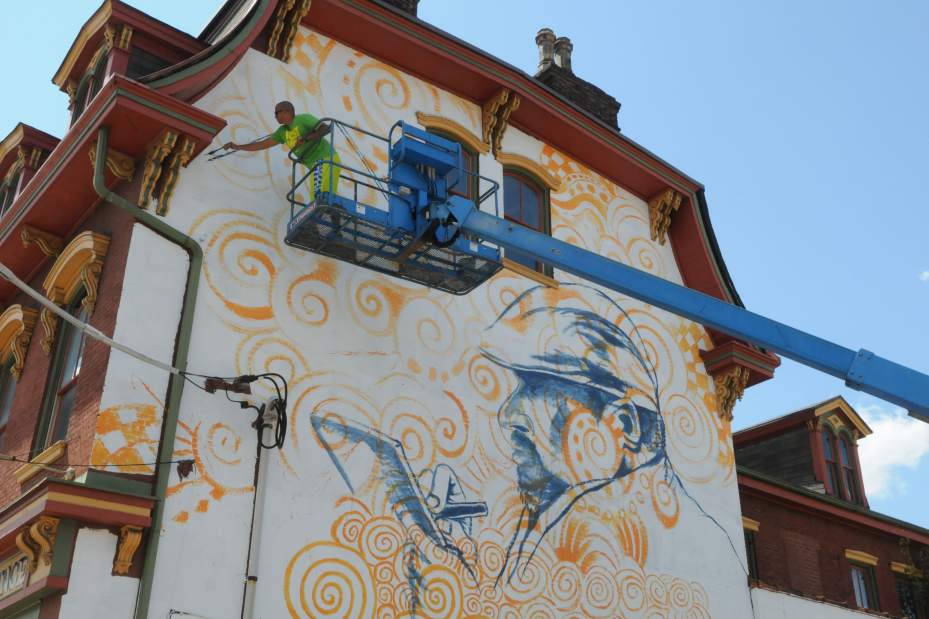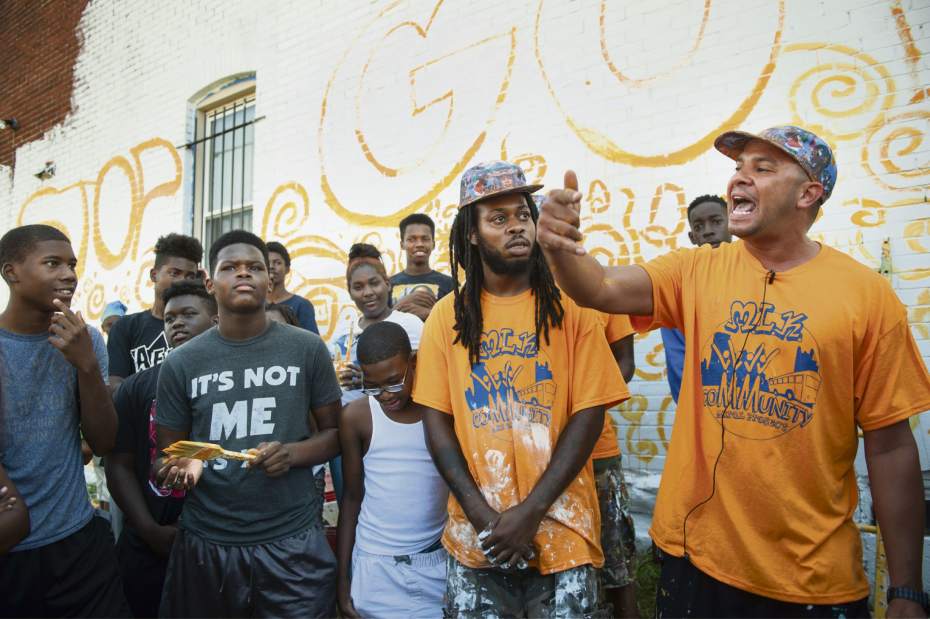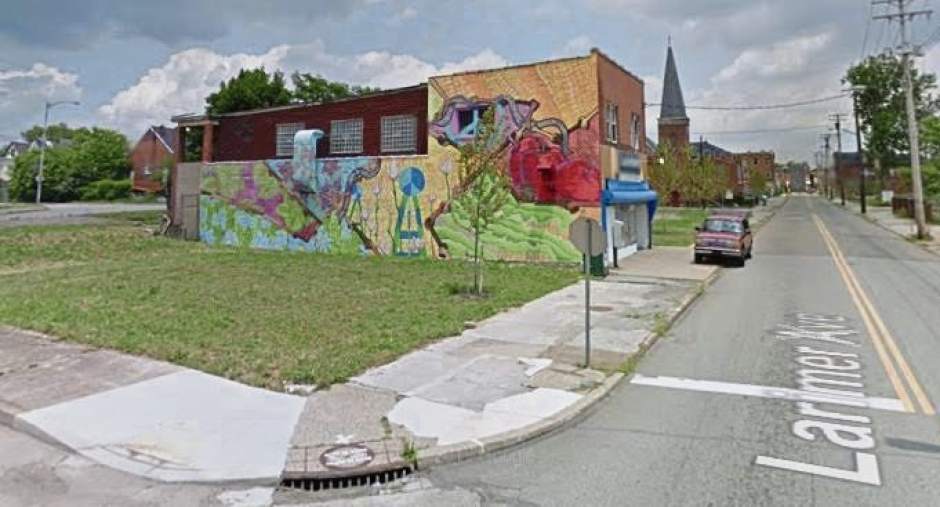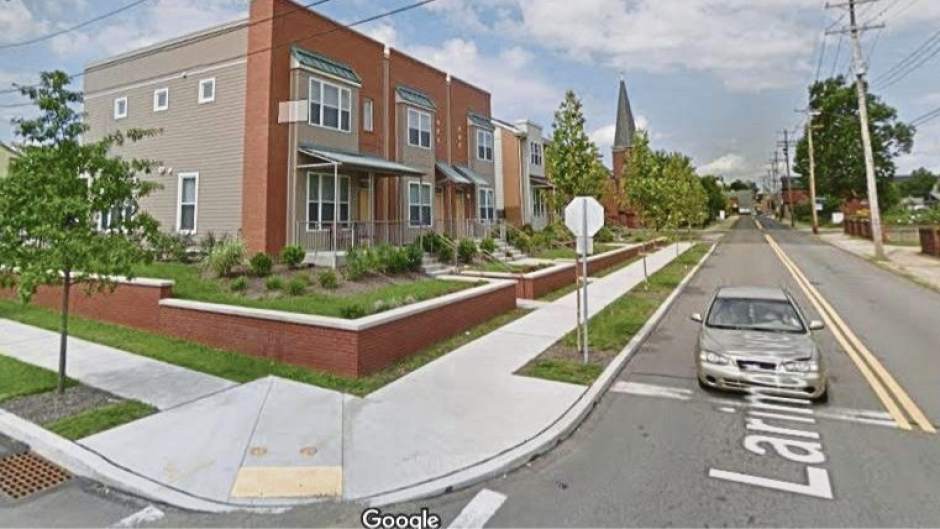Artist sues Pittsburgh, developers over murals destroyed by construction
A Pittsburgh area-based artist is suing the city, its housing authority, the Urban Redevelopment Authority, the Port Authority of Allegheny County and a slew of other landowners and developers over murals that were destroyed, many as part of redevelopment projects in gentrifying areas of the city.
Kyle Holbrook, of Penn Hills, founder and CEO of the Moving the Lives of Kids Community Mural Project, filed the lawsuit Friday in the U.S. District Court in Pittsburgh alleging numerous landowners had destroyed eight of his murals over the last three years, breaching their contracts with him not to destroy or remove the works and violating the federal Visual Artists Rights Act of 1990, which grants creators control over certain works even if they don't own the land they're on.
"Without providing plaintiffs with a reasonable opportunity to protect and preserve their artworks, defendants destroyed, mutiliated, modified and defaced the works of art installed by plaintiffs," Holbrook's attorneys wrote in the suit. "Their works were in high demand in the public marketplace, they attracted legions of admirers who visited them in situ, and the artists have high name recognition among the artistic community."
The defendants included the City of Pittsburgh, Norfolk Southern Railway, the Port Authority, Wilkinsburg Borough, Mosites Construction and numerous subsidiaries, East Liberty Development Inc., Walnut Capital, the Urban Redevelopment Authority, the Pittsburgh Housing Authority and PennDOT.
The lawsuit claims none of the defendants sought Holbrook's permission to remove the murals, and their contracts with him or his organizations indicated the works would be kept up indefinitely. He said he did not get paid for any of the murals.
Holbrook and his nonprofit work with youths to provide them with art education and enlist their help in painting murals around the city, particularly in blighted areas. When many of the murals cited in the lawsuit were created, East Liberty was still dominated by a high-rise public housing tower where a Target now stands, the Highland Building adjacent to his bank mural stood vacant instead of housing luxury apartments and his Larimer works overlooked empty, overgrown lots where new townhouses and apartments have since been built.
The murals in question included works on and around the East Liberty stop of Port Authority's East Busway, which was reconfigured as the surrounding area was redeveloped into luxury apartments over a parking garage and ground-floor retail by Mosites.
Work by Holbrook and the youth he engaged to help him paint adorned the stairs to a pedestrian bridge over the East Busway, along with the concrete base of a fence that separated pedestrians from a ramp connecting Penn Avenue to the busway. The bridge and ramp were demolished between 2014 and 2016 as the busway station was moved and integrated into the new development at the border of Shadyside and East Liberty.
Another mural was installed on the East Liberty PNC Bank branch that once stood at the corner of Penn and Highland avenues, a few blocks from the busway. That building was demolished for the construction of a Walnut Capital apartment building that followed the company's renovation of the neighboring Highland Building.
Two other projects along the border of East Liberty and Larimer were painted alongside buildings that once stood alone among vacant lots, but were eventually demolished as part of Pittsburgh's efforts to build new, mixed-income housing into Larimer to replace housing units lost as high-rises were demolished.
Three other murals — two in Wilkinsburg and one in McKees Rocks — were painted over by their landowners, including a pedestrian tunnel beneath the busway owned by Port Authority and a mural on the side of a convenience store.
Holbrook said the destruction of the murals harmed his artistic reputation, and he sought unspecified damages for that harm under the Visual Artists Rights Act.
The Visual Artists Rights Act, or VARA , was established in 1990 to give artists the right to protect their work from distortion, modification or destruction that "would be prejudicial to his or her honor or reputation," and gives them the right to protect their "work of recognized stature." Previous cases have held that artists get at least 90 days notice before their works are moved or destroyed.
Earlier this year, a federal judge in Brooklyn awarded 21 graffiti artists a total of $6.7 million after a jury had found that a developer violated their VARA rights by whitewashing and ultimately destroying dozens of murals at the "5Pointz" complex in Queens when the owner demolished the buildings for redevelopment in 2014.
Holbrook's attorneys did not respond to requests for comment. City of Pittsburgh spokesman Tim McNulty, URA spokeswoman Gigi Saladna and Port Authority spokesman Adam Brandolph all said they would not comment on pending litigation.
Matthew Santoni is a Tribune-Review staff writer. Reach him at 724 836 6660, msantoni@tribweb.com or on Twitter @msantoni.




